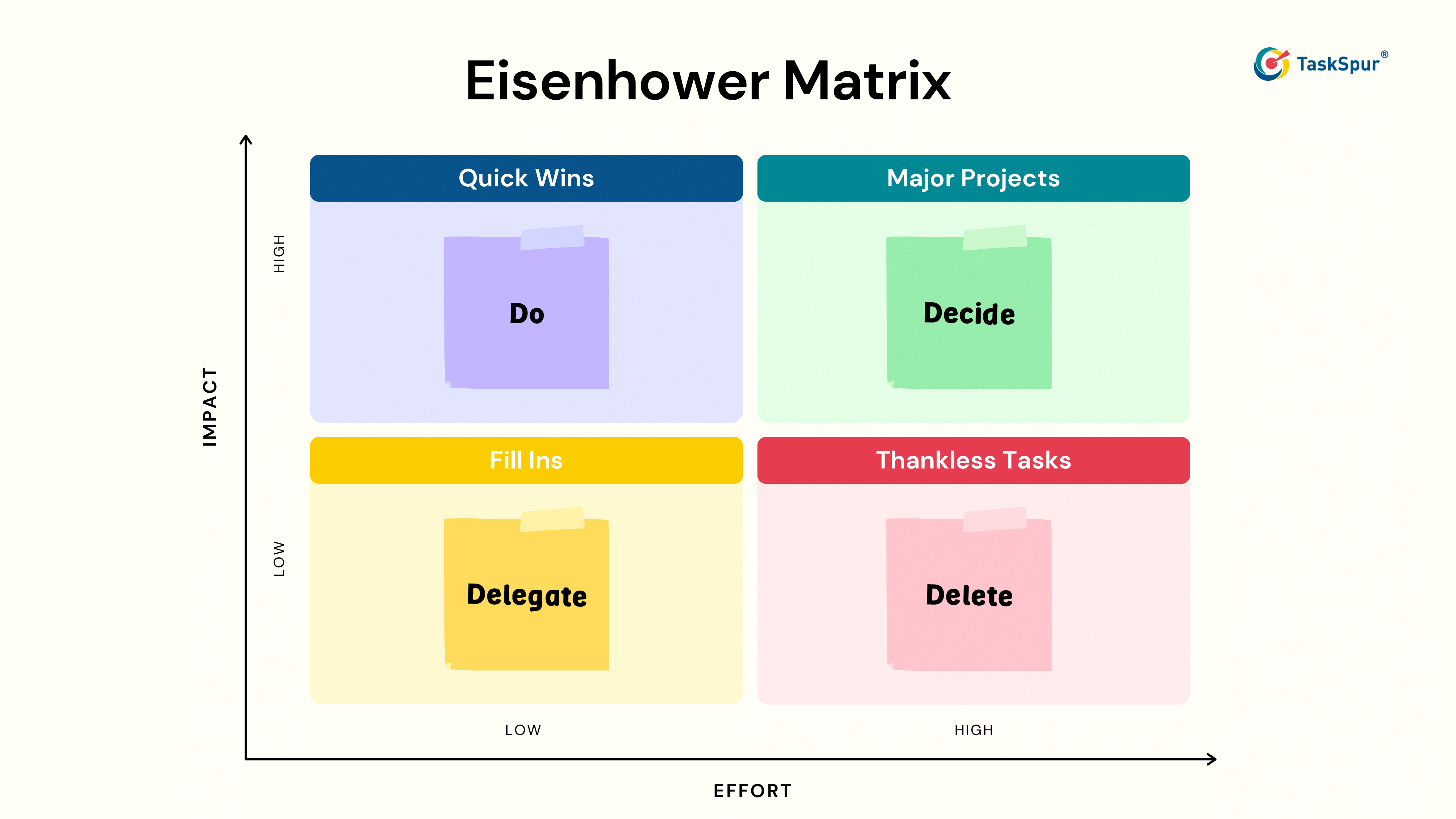How to Plan Your Week: A Step-by-Step Guide
While we can't predict the future, we can certainly plan for it. This has been a valuable mantra for me over the years. As an Agile coach, I often encourage my students to develop a habit of planning ahead.
As someone who has juggled multiple responsibilities between work, family, and personal projects, I know how overwhelming it can feel when you don't have a solid plan in place. There have been too many weeks where I found myself scrambling to meet deadlines, disappointing loved ones because I double-booked, or neglecting self-care entirely. It was a vicious cycle of stress and burnout.
Planning allows me to feel organized while still leaving room for spontaneity. My weekly planning method helps me balance enjoyment and productivity. I make sure to schedule both fun activities and work commitments.
In this article, I'd like to share the details of my weekly planning routine. I hope you find it helpful in achieving your own goals while maintaining a healthy work-life balance.
Step 1: Choose your tool
The first step in planning your week is to choose a tool that works best for you. Some prefer the tactile experience of a physical planner or notebook, while others thrive with digital tools like calendar apps or productivity software. The key is to find a system that you'll actually use consistently and that suits your personal preferences.

Over the years, as someone deeply interested in technology, I've experimented with countless productivity apps in an effort to bring more order and structure to my life. However, I found that no single app could fully meet all my needs, and I ended up using multiple tools to manage different aspects.
Fortunately, my coding background allowed me to create a custom solution that helps me effectively manage the most crucial areas of my life in a centralized way. While this approach may not be feasible for everyone, I've found it to be incredibly helpful for my specific circumstances.
Step 2: Review and set your target
Before diving into the upcoming week, it's essential to reflect on the previous one. Did you achieve your goals? What went well, and what could have been improved? This retrospective analysis allows you to identify patterns in how you work and plan your week better around your tendencies.
Each Sunday, I take some time to reflect on the previous week.
- What went well?
- What could have been better?
After this reflection, I review the tasks I have scheduled for the upcoming week. I add any new items that need to be accomplished, and I prioritize everything from must-do to nice-to-do if time allows.
This regular reflection helps me understand what's truly important and align my schedule with my goals and values. While we can't predict the future, we can make adjustments based on our present circumstances to shape the life we want moving forward.
With a clear understanding of the past week’s performance, it’s now easier to identify the biggest goal for the week ahead. To do this, I brainstorm, or what is sometimes referred to as a brain dump — I write down every task, idea, and commitment that comes to mind, no matter how small or insignificant it may seem.
Sometimes, the main goal is clear. But sometimes, one ends up with multiple goals that at a glance might seem equally important. So what to do?
 Photo by Ketut Subiyanto on Pexels
Photo by Ketut Subiyanto on Pexels
Step 3: Prioritize ruthlessly
If you have a comprehensive list, the next thing to do is to rank them. Not all tasks are created equal, and learning to differentiate between urgent and important tasks is important for you to effectively manage your time. I personally use the Eisenhower Matrix for this step.
The Eisenhower Matrix is a powerful tool that can help you categorize your tasks based on their urgency and importance. Tasks that are both urgent and important should be tackled first, while those that are neither urgent nor important can be delegated or eliminated altogether.
Related Article: Build Good Habits by Learning to Prioritize

When scheduling your important tasks, consider your personal energy levels throughout the day. Many people find that they are most productive and focused during the morning hours, so it's wise to allocate your most challenging or complex tasks during those peak times.
Step 4: Build your schedule for the week
Only when I have my goals and priorities identified do I build my schedule for the week. I block out specific time slots in my calendar for the most important tasks, treating them as appointments that cannot be missed. This dedicated focus helps make sure that I make meaningful progress on my priorities without constant interruptions and distractions.
However, I make sure to also schedule time for breaks, meals, and exercise. Self-care is essential for maintaining your energy, focus, and overall well-being. Remember that without your health, none of these mean anything, ultimately.
Additionally, allow for transition time between tasks or meetings. Rushing from one commitment to the next can lead to stress and burnout, so build in buffer periods to recharge and prepare for what's next. For example, if you have back-to-back meetings across different topics, budget a 20-30 minute buffer. This gap allows you to digest the previous discussion, review any notes, and mentally shift gears to the new subject matter.
Finally, leave room for flexibility in your schedule. Emergencies, in whatever form, sometimes happen, so it's important to have some wiggle room to adapt and adjust as needed.
Step 5: Track your progress
To help you stay organized and on track throughout the week, consider leveraging productivity apps and time management tools. These can range from simple to-do list apps to more comprehensive project management software, depending on your needs.
Goal management apps can be incredibly valuable for tracking your progress towards long-term objectives while also managing your day-to-day tasks. These apps help you break down large goals into actionable steps and provide a visual representation of your progress.
 Photo by Polina Kovaleva on Pexels
Photo by Polina Kovaleva on Pexels
TaskSpur, a goal management app I founded, is designed to help individuals and teams achieve their goals more effectively. By combining goal-setting, task management, and progress tracking in one platform, TaskSpur empowers users to stay focused and motivated throughout their journey.
How to maintain momentum throughout the week
It's easy to start strong on Monday but lose steam as the week progresses. To combat this, establish routines and habits that support your energy levels and focus.
Sleep well
A healthy sleeping routine, for example, can have a profound impact on your daily performance. Aim for consistent bedtimes and wake-up times to ensure you're well-rested and ready to tackle each day with vigor.
Designate spaces for work and play
Consider designating separate areas for work and relaxation or distractions. Having dedicated spaces can help you stay focused and avoid the temptation to constantly multitask or switch between tasks.
Conclusion
Taking the time to plan your week in an intentional way can truly be a life-changing habit, speaking from experience. By following the steps I’ve outlined — reflecting on the previous week, clearly identifying your priorities, scheduling dedicated time for your biggest rocks, and leveraging productivity tools — you'll be amazed at how much more focused and in control you feel.
So take that first step today. Grab your preferred pen and notebook, or open your digital calendar. Clarity, productivity, and work-life balance are waiting for you through the power of intentional weekly planning. Your future self will thank you for it.
Download TaskSpur on Android | Download TaskSpur on your iPhone
Sign up or Login on your browser
About the Author
Bernard Boodeea is the founder of Life Intelligence Group, a company that uses Agile principles to build products that help people succeed every day. Bernard is a seasoned certified Agile coach, entrepreneur, and technology consultant.
References
- Stewart, D. (2023, January 3). The Difference Between Important and Urgent. Stewart Leadership. Retrieved March 20, 2024, from https://blog.stewartleadership.com/the-difference-between-important-and-urgent
- Holt, P. (2023, November 24). Task Prioritization with the Eisenhower Matrix: A Step-by-Step Guide. E-Student. https://e-student.org/eisenhower-matrix/